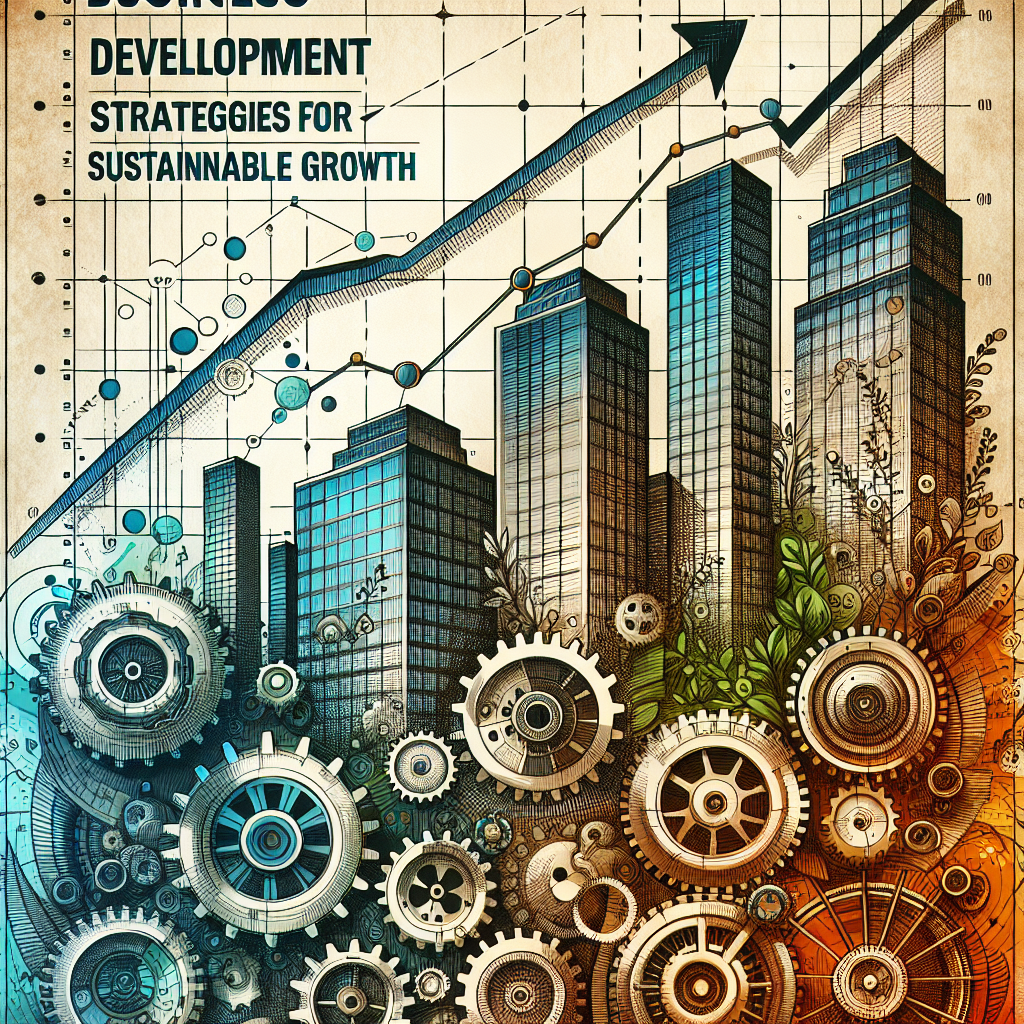
How to Business Development: Strategies for Sustainable Growth
Introduction: Understanding Business Development
In today’s highly competitive market, business development is a crucial driver for achieving sustainable growth and organizational success. Whether you’re an entrepreneur, startup founder, or a manager in a large corporation, knowing how to business development effectively can help you unlock new opportunities, build valuable partnerships, and boost your bottom line.
What is Business Development?
Business development is the process of identifying, nurturing, and acquiring new clients and business opportunities to drive growth and profitability. It encompasses a wide range of activities such as strategic planning, relationship management, market expansion, and sales enhancement.
Core Components of Business Development
- Market Research: Understanding customer needs, industry trends, and competitor strategies.
- Lead Generation: Identifying potential customers through various channels, both online and offline.
- Relationship Building: Establishing trust and rapport with clients, partners, and stakeholders.
- Strategic Partnerships: Collaborating with other organizations to achieve mutual growth.
- Sales Strategy: Creating effective sales processes and converting leads into loyal customers.
- Product Development: Innovating and improving offerings to meet market demands.
How to Develop a Successful Business Development Strategy
To ensure your business development efforts yield measurable results, follow these essential steps:
-
Set Clear Objectives
Define what you want to achieve—be it market expansion, increased revenue, or new partnerships. Setting SMART goals (Specific, Measurable, Achievable, Relevant, Time-bound) is fundamental. -
Analyze the Market
Use tools like SWOT analysis (Strengths, Weaknesses, Opportunities, Threats) to evaluate your current position and identify potential areas for growth. -
Identify Your Target Audience
Develop buyer personas to understand who your ideal customers are and how to reach them. -
Build Strategic Partnerships
Look for companies with complementary products or services and propose mutually beneficial collaborations. -
Leverage Digital Marketing
Use social media, content marketing, and SEO to generate leads and build brand awareness. -
Track, Measure, and Optimize
Monitor key performance indicators (KPIs) such as conversion rates, customer acquisition cost, and partnership success. Continuously refine your approach based on data.
Top LSI Keywords Related to Business Development
To maximize your content’s visibility and effectiveness, consider integrating these LSI (Latent Semantic Indexing) keywords in your strategy:
- business growth strategies
- partnership development
- sales enablement
- market expansion techniques
- client acquisition
- lead nurturing
- enterprise sales
- strategic alliances
- revenue generation
- b2b business development
Business Development Skills for Success
Mastering how to business development requires a mix of hard and soft skills. Here are some must-have abilities for any business developer:
Communication
Clear, persuasive communication is essential for pitching ideas and negotiating deals.
Networking
Building relationships with key industry players opens doors to new opportunities.
Analytical Thinking
Data-driven decision making helps identify the most promising growth avenues.
Project Management
Efficiently managing multiple initiatives ensures smooth execution and achievement of objectives.
Common Challenges in Business Development (and How to Overcome Them)
- Finding Qualified Leads: Focus on inbound marketing and leverage data analytics to identify high-potential prospects.
- Building Trust: Offer value consistently and maintain transparency throughout the partnership.
- Aligning Sales & Marketing: Foster communication and collaboration between departments to streamline lead handoff.
- Adapting to Change: Stay agile and continuously upskill your team to respond to evolving market dynamics.
Future Trends in Business Development
The business landscape is rapidly evolving. Here are some trends influencing how companies approach business development:
- AI and Automation: Tools for automating lead scoring, customer segmentation, and personalized outreach.
- Data-Driven Decision Making: Leveraging big data for more accurate forecasting and opportunity identification.
- Globalization: Expanding into international markets and forming cross-border partnerships.
- Sustainable Growth: Emphasizing long-term value creation over short-term gains.
Conclusion: Take Action on Your Business Development Goals
Mastering how to business development is an ongoing journey that requires strategic thinking, adaptability, and a commitment to learning. By applying the best practices and staying updated with emerging trends, you can position your organization for lasting success and growth.
